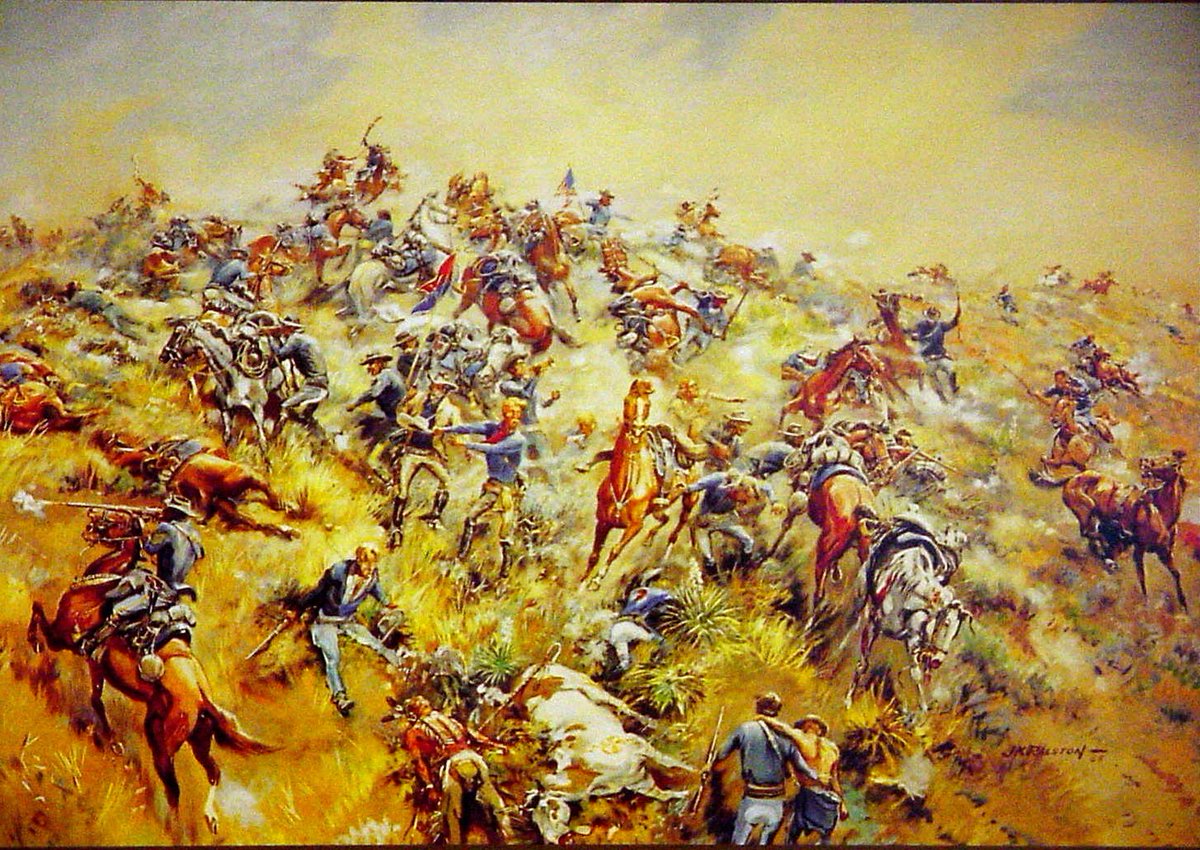
28 JUNE 1778 - BATTLE OF MONMOUTH - #RevolutionaryWar
On 18 June 1778, LT General Sir Henry Clinton, British Commander, ordered Philadelphia evacuated, and led 10,000 of his men and a large baggage train on an overland march to New York City.
On 18 June 1778, LT General Sir Henry Clinton, British Commander, ordered Philadelphia evacuated, and led 10,000 of his men and a large baggage train on an overland march to New York City.

Gen George Washington had his Main Army follow closely behind, looking for an opportunity to strike the British. On the morning of 28 June, the American advance guard, commanded by Maj Gen Charles Lee, attacked Clinton's rear guard. 

Although they outnumbered their foe then on the field, Lee lacked confidence in his men and failed to press his early advantage. Maj Gen Lord Charles Cornwallis, commander of the British army's rear division, counter-attacked. The confused Americans began to retreat.
Washington hurried forward with his army's main body and met Lee and his columns moving away from the battle. Washington relieved Lee from command, halted the retreat and rallied the army. He established defensive positions as Continental Army reinforcements joined the battle. 

The Americans successfully repulsed four enemy assaults in hours of heavy fighting in the hot late-June temperatures. After the fighting ended at around 1800, the British disengaged and slipped away and continued their march to Sandy Hook. 

Monmouth was considered a tactical draw, but the Continental Army demonstrated it could fight on equal terms with British regulars.
#Armyhistory #USArmy #TRADOC #VictoryStartsHere #JoinUs #ServeWithUs @SecArmy @USArmy @TRADOC
#Armyhistory #USArmy #TRADOC #VictoryStartsHere #JoinUs #ServeWithUs @SecArmy @USArmy @TRADOC
• • •
Missing some Tweet in this thread? You can try to
force a refresh

















